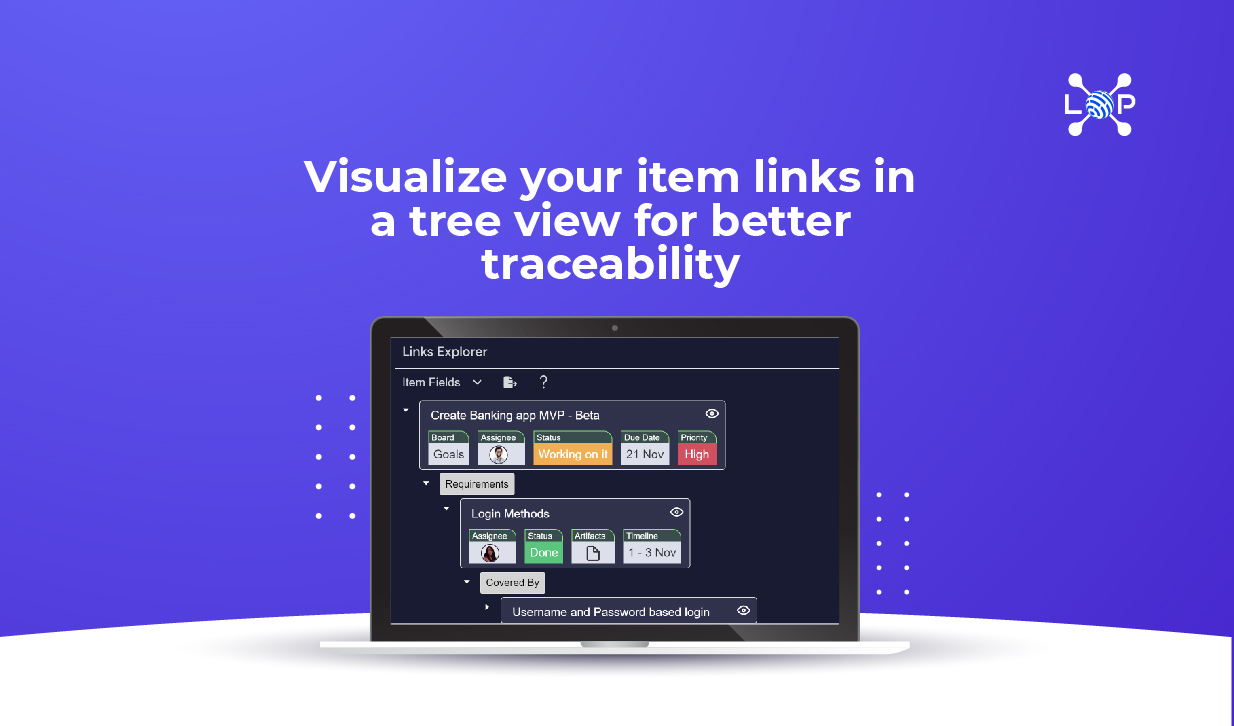

Tracking traceability and test coverage is crucial for effective project management and ensuring software development quality. In Jira, a popular project management tool, you can track and report on traceability and test coverage to gain insights into the progress and effectiveness of your testing efforts. In this article, we will explore how to report on traceability and test coverage in Jira, highlighting the importance of requirements traceability and the use of traceability tools. We will also discuss the benefits of using a traceability matrix in project management and introduce Links Explorer by Optimizory as a powerful traceability tool.

Requirements traceability links project requirements to various artifacts, such as test cases, test results, and issues. In Jira, requirements traceability allows you to track the progress and coverage of your testing efforts, ensuring that all requirements are adequately tested. By establishing traceability, you can quickly identify gaps or inconsistencies in your testing process and take appropriate actions to address them.
Test coverage is a metric that measures the extent to which your tests cover the functionality and features of your software. In Jira, test coverage helps you assess the effectiveness of your testing efforts by providing insights into the number of tests run, passed, failed, blocked, and more. By tracking test coverage in Jira, you can ensure that all critical areas of your software are thoroughly tested, reducing the risk of undetected issues and improving the overall quality of your product.

To report on traceability and test coverage in Jira, follow these steps:

A traceability matrix is a powerful tool for managing traceability and test coverage in project management. It visually represents the relationships between requirements, test cases, test results, and issues. Some key benefits of using a traceability matrix include:

Links Explorer is a powerful traceability tool that enhances requirements traceability and test coverage in Jira. It provides advanced features for managing traceability links, generating traceability reports, and analyzing test coverage. With Links Explorer, you can easily visualize and navigate the relationships between requirements, test cases, test results, and issues, enabling efficient project management and ensuring the quality of your software development.
Reporting on traceability and test coverage in Jira is essential for effective project management and ensuring the quality of your software. By establishing requirements traceability and tracking test coverage, you can identify gaps, mitigate risks, and make informed decisions. Utilizing a traceability matrix and tools like Links Explorer can significantly enhance your traceability and test coverage efforts, providing valuable insights and improving the overall success of your projects.
To enhance your requirements traceability and test coverage in Jira, consider using Links Explorer by Optimizory. With its advanced features and intuitive interface, Links Explorer simplifies the management of traceability links and provides comprehensive reporting capabilities. Visit our website to learn more about how Links Explorer can optimize your traceability and test coverage efforts in Jira.